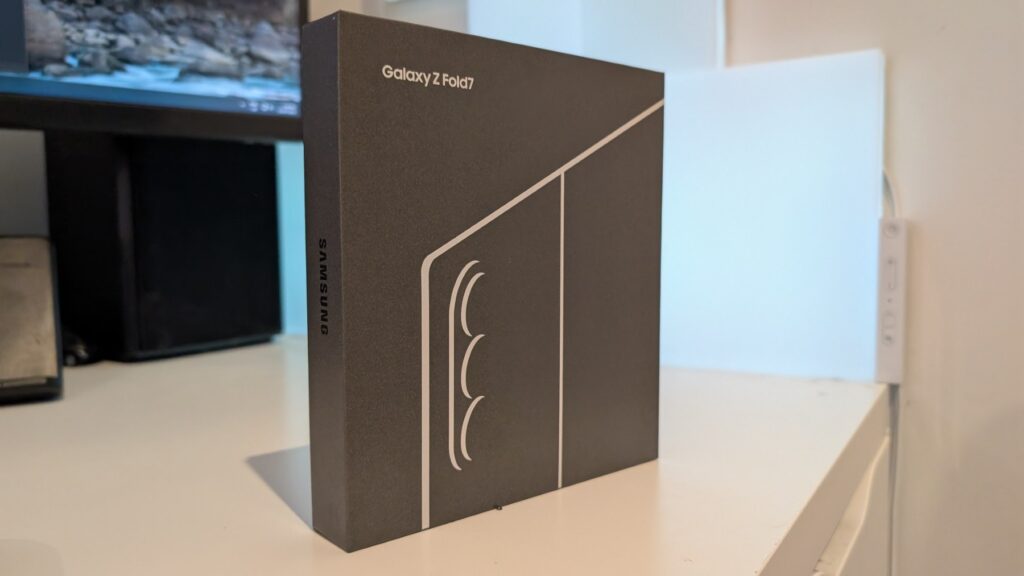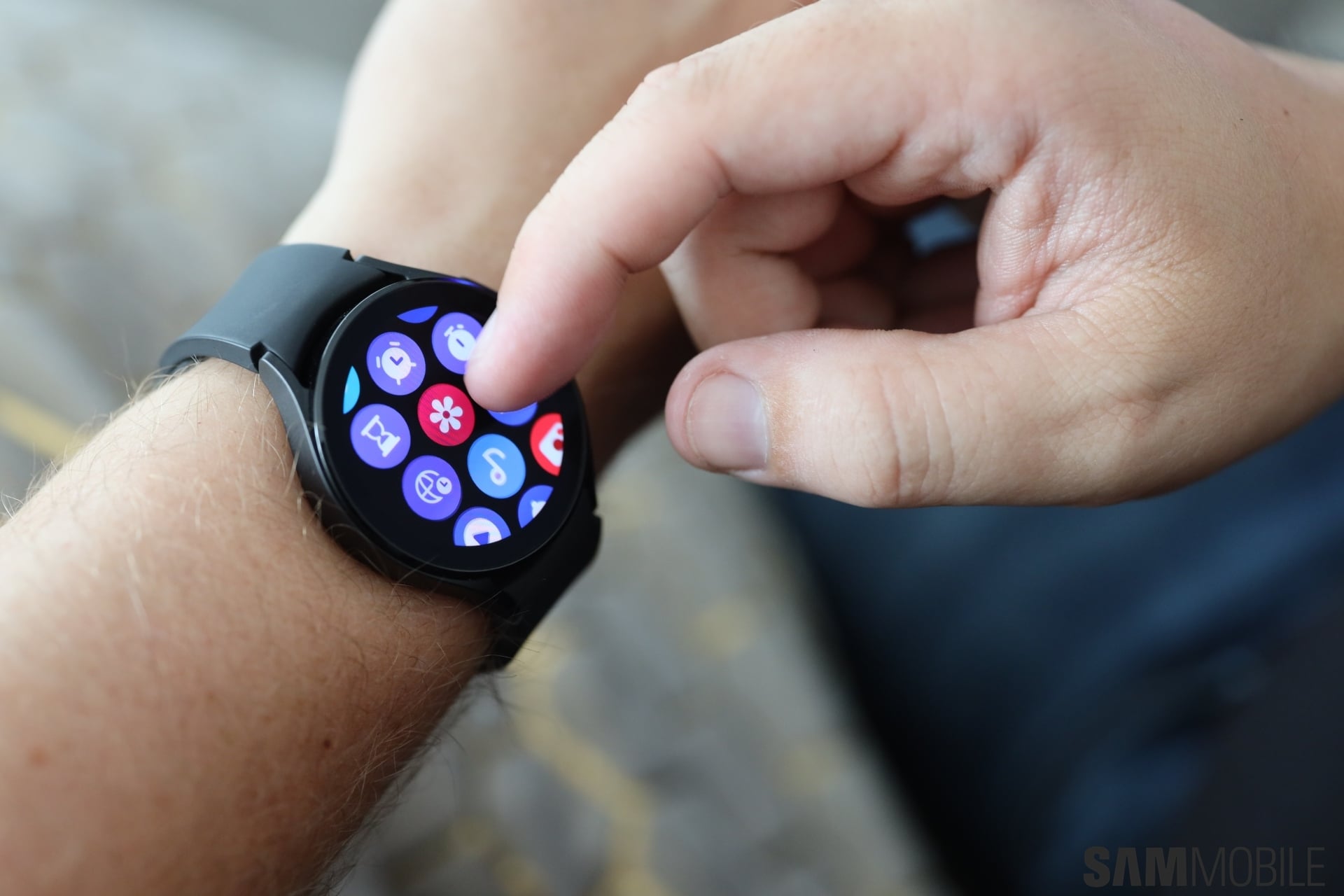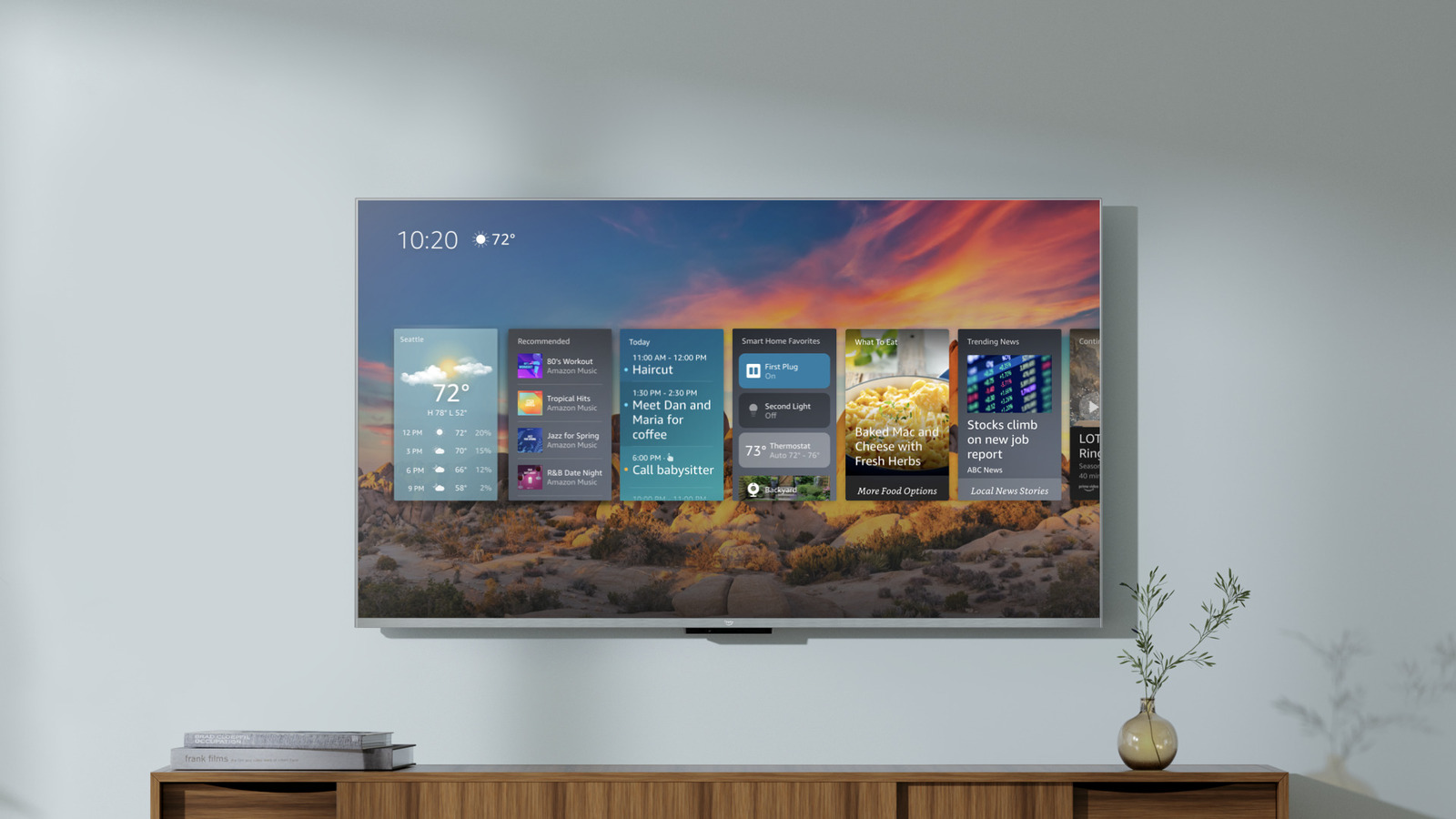It has been an excellent year for smartphones, and the overall hardware landscape is at its peak. Qualcomm is achieving significant advancements with the Snapdragon 8 Elite Gen 5, MediaTek has made similar strides with the Dimensity 9500, and even Google has stepped up its game with the Tensor G5, finally adopting TSMC’s 3nm process — the same utilized by Qualcomm and MediaTek.
Over the past month, I tested five devices featuring the Snapdragon 8 Elite Gen 5 — the OnePlus 15, POCO F8 Ultra, iQOO 15, Redmagic 11 Pro, and Realme GT 8 Pro — alongside four devices with the Dimensity 9500: Vivo X300 Pro, Find X9 Pro, and Find X9. Additionally, I explored key models from the Pixel 10 series, including the Pixel 10, 10 Pro XL, and Pixel 10 Pro Fold.
While I won’t delve too deeply into specifics for each platform, at a high level, all chip manufacturers are utilizing the latest cores and reporting impressive advancements. Clearly, Qualcomm stands out due to its implementation of custom cores in the Snapdragon 8 Elite Gen 5, with the platform showcasing a second-generation design featuring notable performance improvements, matched by increases in gaming capabilities.
That said, MediaTek’s achievements are even more captivating. The company is leveraging Arm’s latest cores, including the C1 Ultra, C1 Pro, and C1 Premium. The G1 Ultra GPU is outstanding as well, and overall, Arm has significantly enhanced its offerings this year. In that context, the Tensor G5 actually performs well this time around. Although it still does not utilize the latest Arm cores or match the speed provided by Qualcomm and MediaTek, it does not feel purposefully limited, which is an accomplishment in itself.
Snapdragon 8 Elite Gen 5 vs. Snapdragon 8 Elite vs. Tensor G5 vs. Dimensity 9500
Now, let’s examine how the new platforms perform in synthetic benchmarks. I am using the Redmagic 11 Pro and Redmagic 10S Pro to assess Qualcomm, the Vivo X300 Pro for the Dimensity 9500, and the Pixel 10 Pro XL with the Tensor G5.
The Geekbench 6 single-core scores indicate that Qualcomm truly has the leading single-core architecture on Android, thanks to a custom design and higher frequencies, with Qualcomm reaching up to 4.6GHz, while MediaTek peaks at 4.21GHz. As evident, the multi-core performance differences between the two are minimal, but compared to last year’s chipsets, there’s still a notable enhancement.
Similarly, Qualcomm leads in the 3DMark’s Wild Life benchmark, although results are balanced in the ray tracing-focused Solar Bay tests. The performance improvements over the previous year are not as pronounced, and these benchmarks starkly reveal how the Tensor G5 lags behind. Google emphasizes an AI-centric approach rather than chasing raw performance, which is reflected in the benchmarks.
Fortunately, this does not carry over to real-world scenarios. I utilized the Pixel 10 Pro XL as my primary phone for over two months, and it proved just as responsive as the POCO F8 Ultra or the X300 Pro for many everyday tasks. While it doesn’t perform as strongly in gaming — despite improved thermal management — there is noticeable throttling during prolonged gaming sessions. Nonetheless, it performs better than nearly every other Pixel I’ve used — which isn’t a high bar.
Regarding Qualcomm and MediaTek, there is essentially no significant difference in real-world performance. Both demonstrate comparable efficiency, but if I had to choose, I’d say the Dimensity 9500 comes out ahead — my Find X9 Pro lasts longer even though its battery is similar in size to that of the OnePlus 15.
Both chipsets deliver excellent gaming experiences, managing resource-intensive games effectively. There is some level of throttling with extended use, but it doesn’t markedly impact visual quality. The primary concern is overheating — this issue affects Qualcomm significantly more than MediaTek. In my experience, the Redmagic 11 Pro became considerably warmer than the X300 Pro during gaming sessions over an hour, and while it didn’t reach temperatures as high as during synthetic testing, it remained uncomfortable to grip.
The X300 Pro also heats up, but never to an extent that made it unmanageable. It peaked at 43 degrees Celsius, while the Redmagic 11 Pro exceeded 48 degrees and surpassed 52 degrees during 3DMark tests.
Read More









